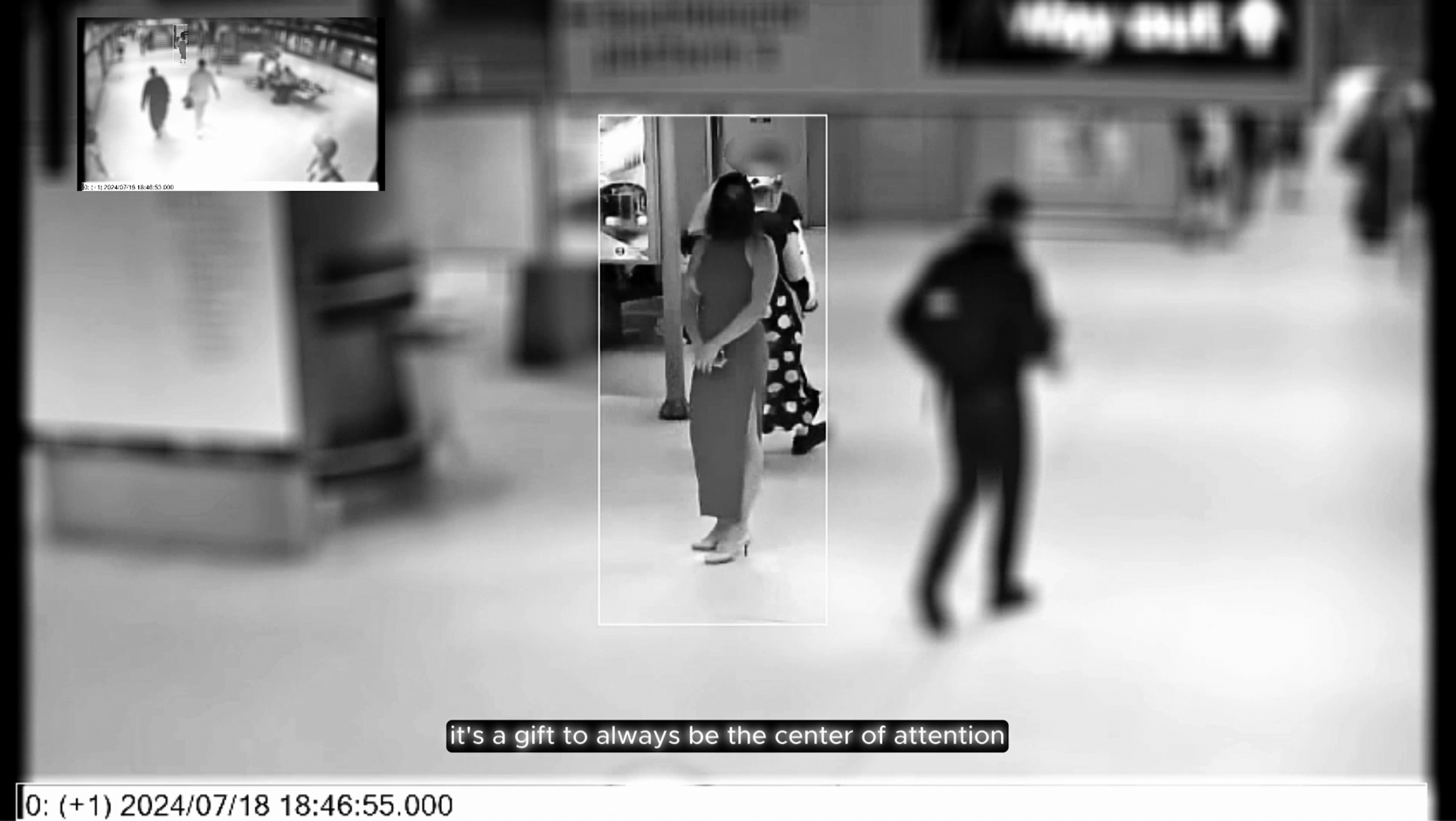
“I’m letting strangers touch my scars, but they can’t see my face.”
OONA: Self-sovereignty.
Which is just a fancy way of expressing the idea that I am in charge of my body, my money, my creativity, and my life. It’s a radical approach to the self – taking complete ownership of every aspect of my identity and way of being.
OONA: Sometimes, I consider myself a feminist artist and an activist. I’m also an anonymous artist, a performance artist, and a crypto artist. Depending on the day, I am either a brilliant artist or a very bad one. Sometimes, I perform; most times, those performances engage with technology, and almost always, they explore identity.
The activist question is tricky. When I think of contemporary activism, two archetypes come to mind: one I admire, the other less so. There’s the Emma Sulkowicz type: she carried her mattress, the site of her rape, across her college campus until graduation. Then there are the oil-painting destroyers: once provocative, now repetitive and headline-chasing. I’d be disappointed to be lumped in with the latter but proud to create work with strong intent and lasting impact like the former.
In this lifetime, I happen to inhabit a female body, and I’m asking what it means to exist – as a woman who makes art. Feminism is one of the tools I use to navigate the weight, wonder, and weirdness of that experience. How do I translate the view from my eyes, my breasts, my body into art? If my pussy could talk, what would she like to say?
Feminism is not about gatekeeping womanhood, nor is it man-hating. Feminism is a collection of ideas, like seeds, that, if nurtured, give way to greater intuition and freedom of choice.
OONA: Labels, when applied to artists, should be used as launching pads, not intellectual cages.
If someone writes off my work as “feminist” and moves on, that is their loss. I’m not here to coddle small minds or peens. In my pursuit of knowledge and in my expression of wisdom through art, feminism is a great starting point, but feminism is certainly far from the final destination.
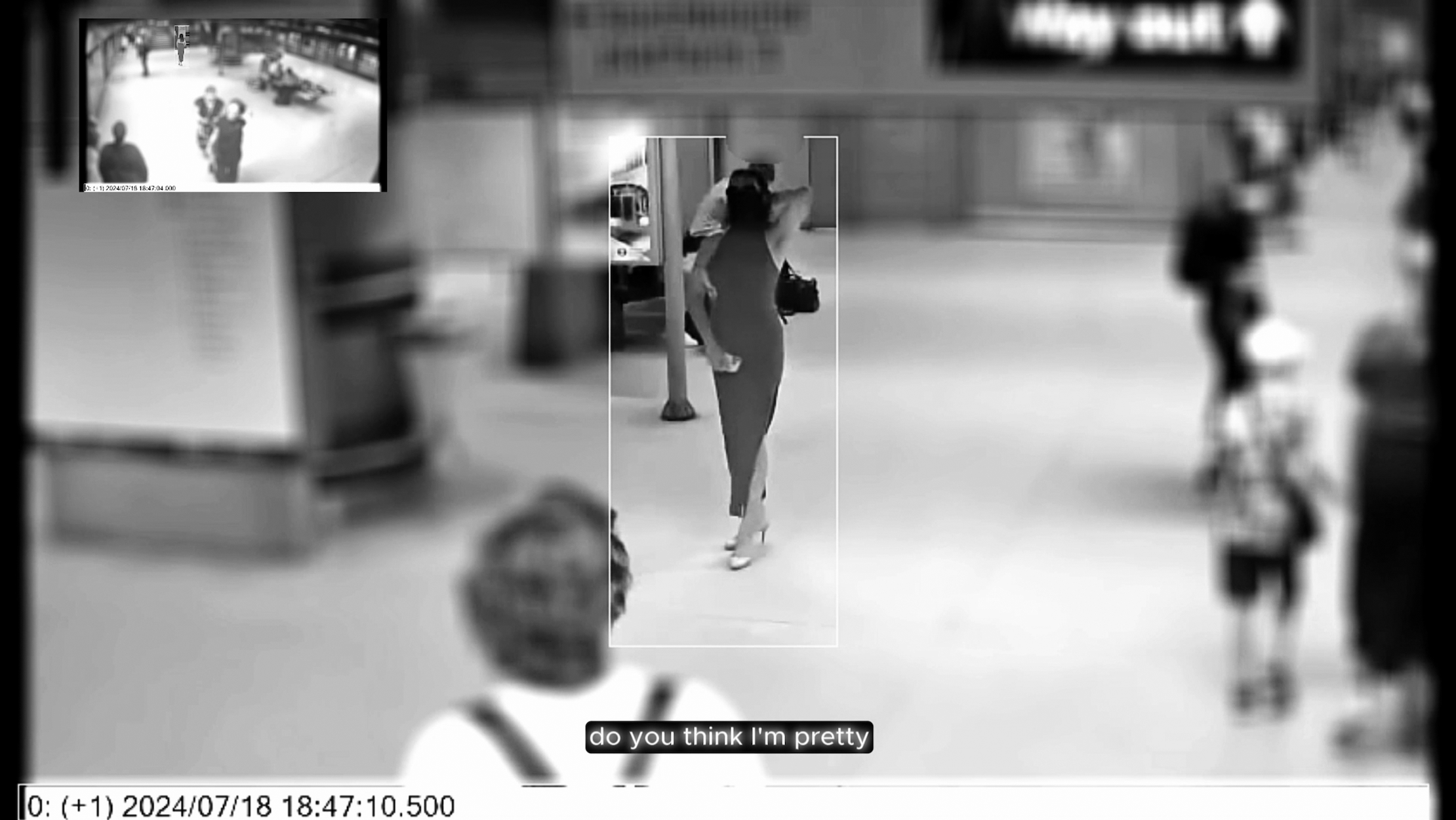
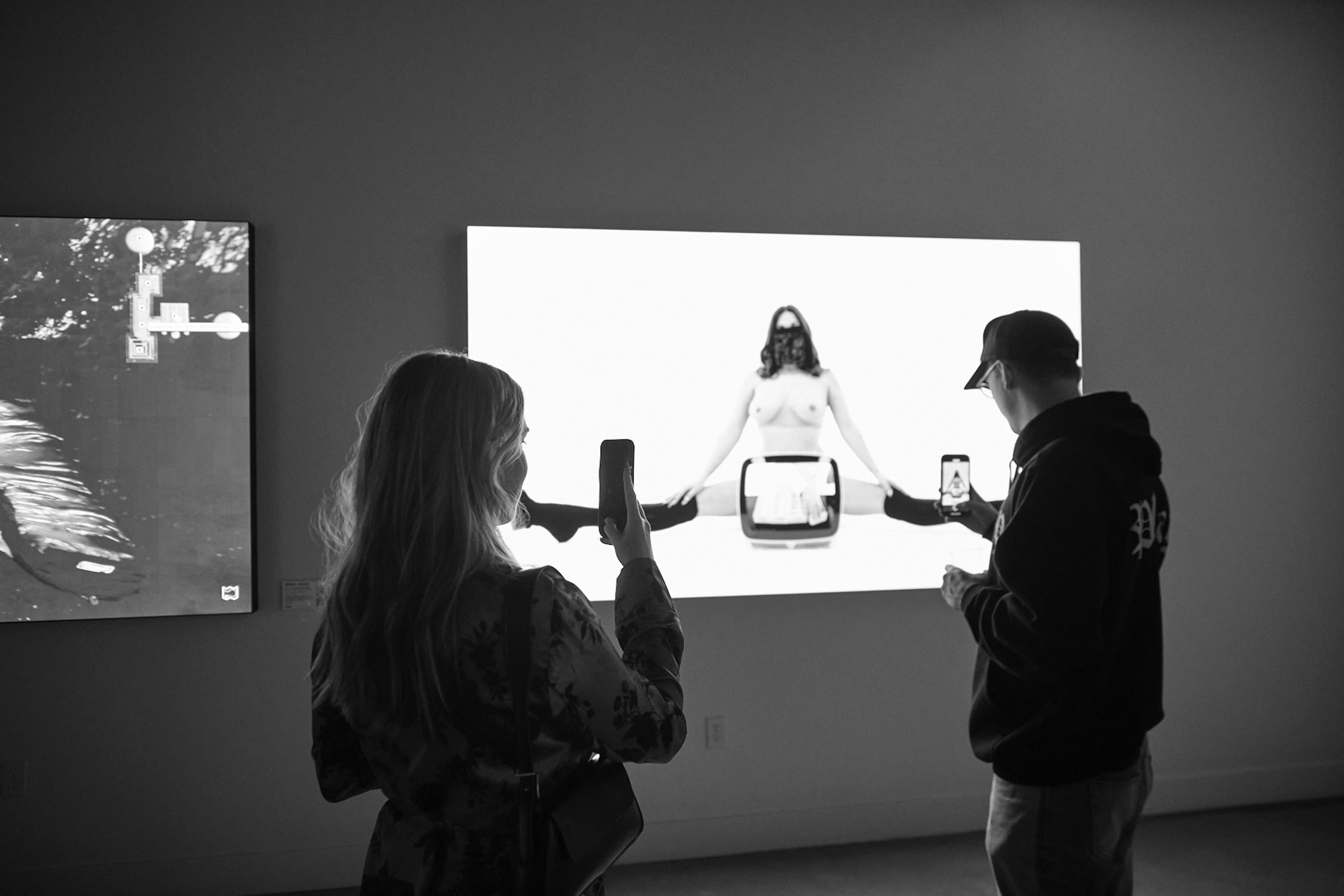
OONA: I never show my face, but my body is often on display. Without my face, my body becomes more like a canvas – a (literal and physical) abstraction to explore the female form.
I used to have silicone breast implants; I explanted them. Now, in a performance called Look Touch Own, I invite people, one by one, to touch my breasts and the implants that were once inside me. The tension between anonymity and intimacy is intense. I’m letting strangers touch my scars, but they can’t see my face. It’s privacy vs. intimacy, honesty vs. visibility.
Anonymity serves as armor in my guerrilla performances. I’ve been kicked out of Art Basel Miami, the MoMA, and the Met for these performances. When Sotheby’s curated an all-male glitch art show – a movement founded by a trans woman in the 1970s – I publicly called them out until they re-curated the show. In these instances, the anonymity my mask provides is a signal of something renegade, something radical enough to warrant invisibility. The idea is bigger than the individual.
Plus, the mask means I don’t really have to fuss with makeup.
OONA: My anonymity is whatever the audience projects onto it; it shifts from person to person.
Without a face, some people treat me like a toy or an object of desire. During Look Touch Own in Los Angeles, a woman messaged me for days afterward, begging for forgiveness because she “treated me like a plaything and didn’t know why.” (She did indeed treat me like a plaything; she is one of the few women who juggled my implants and tried to juggle my real breasts as well.)
When I’m in wealthier crowds, people sometimes assume I’m an escort, and I can always tell. Once, I was at a small event presenting Touched, a dynamic artwork tracking G7 asylum trends using UNHCR data. At the start of the evening, a woman rudely dismissed me and even told her husband not to speak to me. (I can only assume it was because she knew he enjoys meeting escorts.) Then she heard me speak. Once she understood my anonymity and its purpose, we spent the rest of the night chatting. We got along super well. I love moments like that – when people show they can change their minds… emotional and creative flexibility in action.
My favorite reaction to my mask is, of course, curiosity. I meet so many beautifully curious people who talk about all types of wonderful ideas with OONA.
OONA: I’m not sure I could answer that, even if I wanted to. I don’t really want to “fight,” but that doesn’t mean I just want to make art about “pretty shapes.”
Anger + Love = Passion. Sadness + Love = Empathy. And laughter is supreme.
I’m creating art with all three: passion, empathy, and humor.
In performances like Look Touch Own, I’m performing along a sliding scale of anger and sadness… anger at how often women’s bodily boundaries are violated, and sadness at the harm women inflict on themselves in the name of beauty.
In other works, I like to be playful. In Spread, a video art collaboration with Lori Baldwin, I mapped out the gender pay gap in art sales using butter. Taking big, heavy topics and breaking them down into absurdity is its own form of resistance.
OONA: My work will live forever, and no one but me can tell me what to do! Conceptually, I’m deeply attracted to the potential of blockchain technology, crypto, and NFTs. I believe it offers a revolutionary approach to ownership. In its “purest” form, blockchain technology allows us to create entirely new metrics of value – ones that challenge traditional gatekeepers and hierarchies in the art world.
For performance art, an ephemeral (and esoteric) medium that resists objectification, blockchain opens up a lot of possibilities. It allows me to assign tangible value to intangible moments, preserving my performances in a way that transcends their original context. The sale or transaction is, in many ways, an extension of the performance.
It’s also empowering. I wouldn’t have a practice if I had to rely on the traditional art world hierarchy. I’m too wild for white walls. Blockchain redistributes power, allowing artists to connect directly with their audiences without intermediaries. I love that I know my collectors and the people who support my practice.
OONA: This technology is only as good as the people who use it. In other words, it does not live up to its potential.
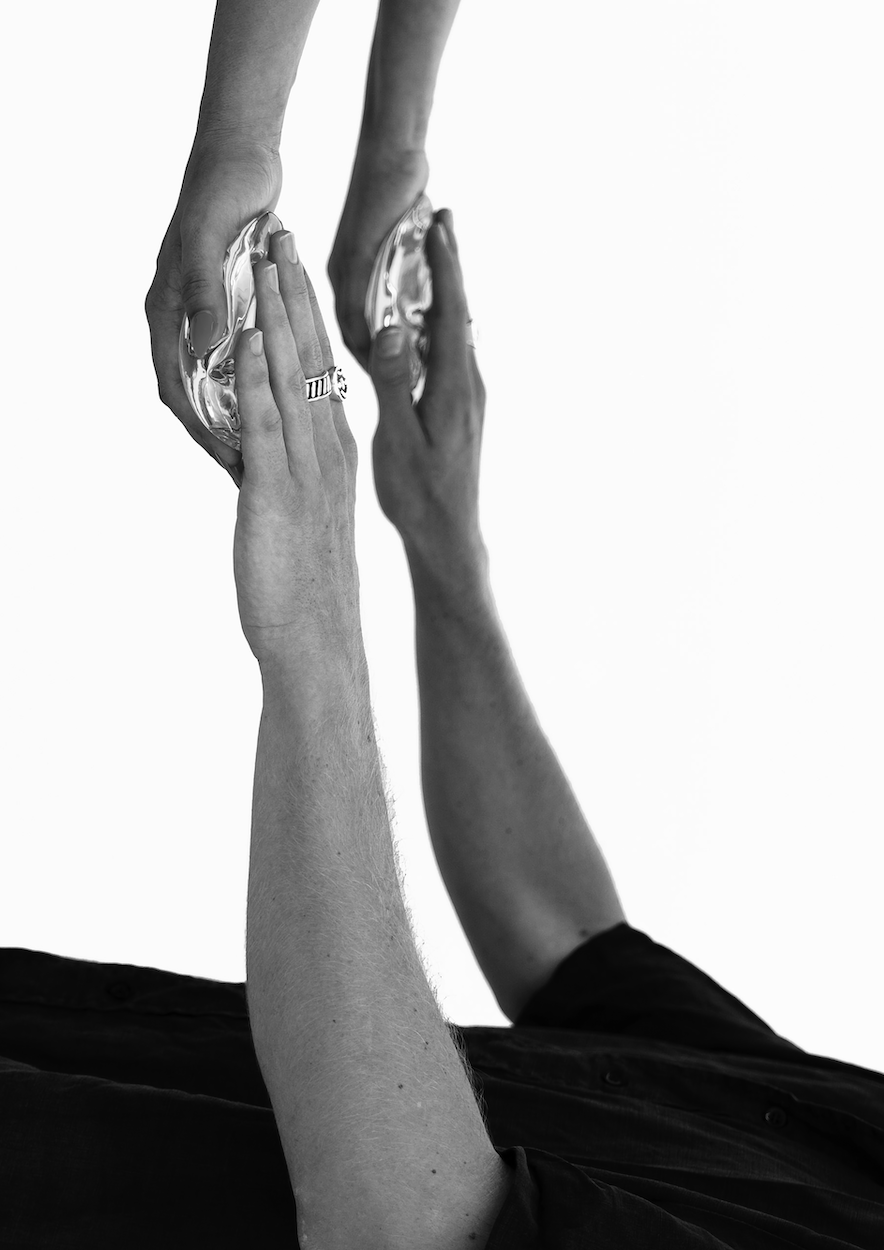
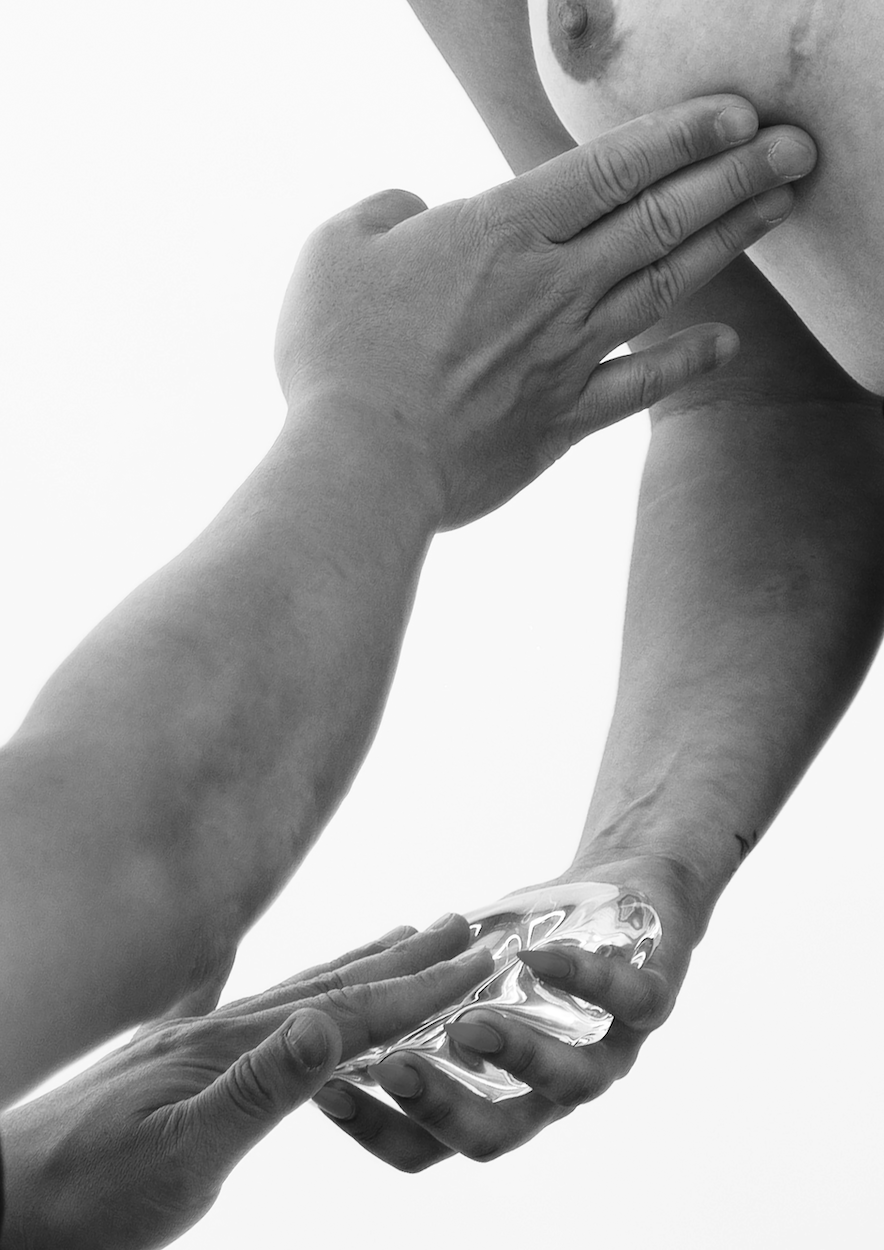
“I don’t really want to ‘fight,’ but that doesn’t mean I just want to make art about ‘pretty shapes.’”
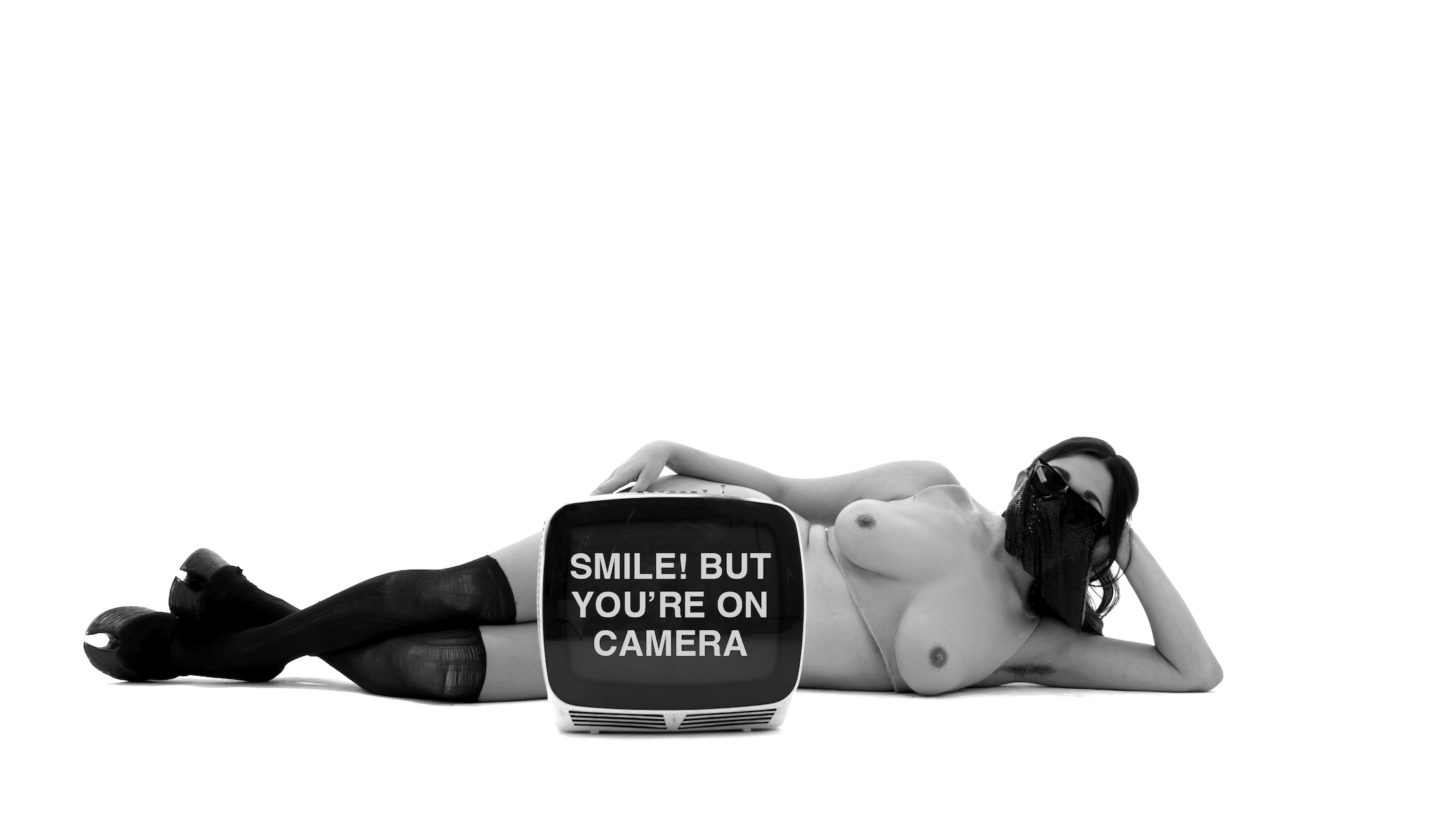
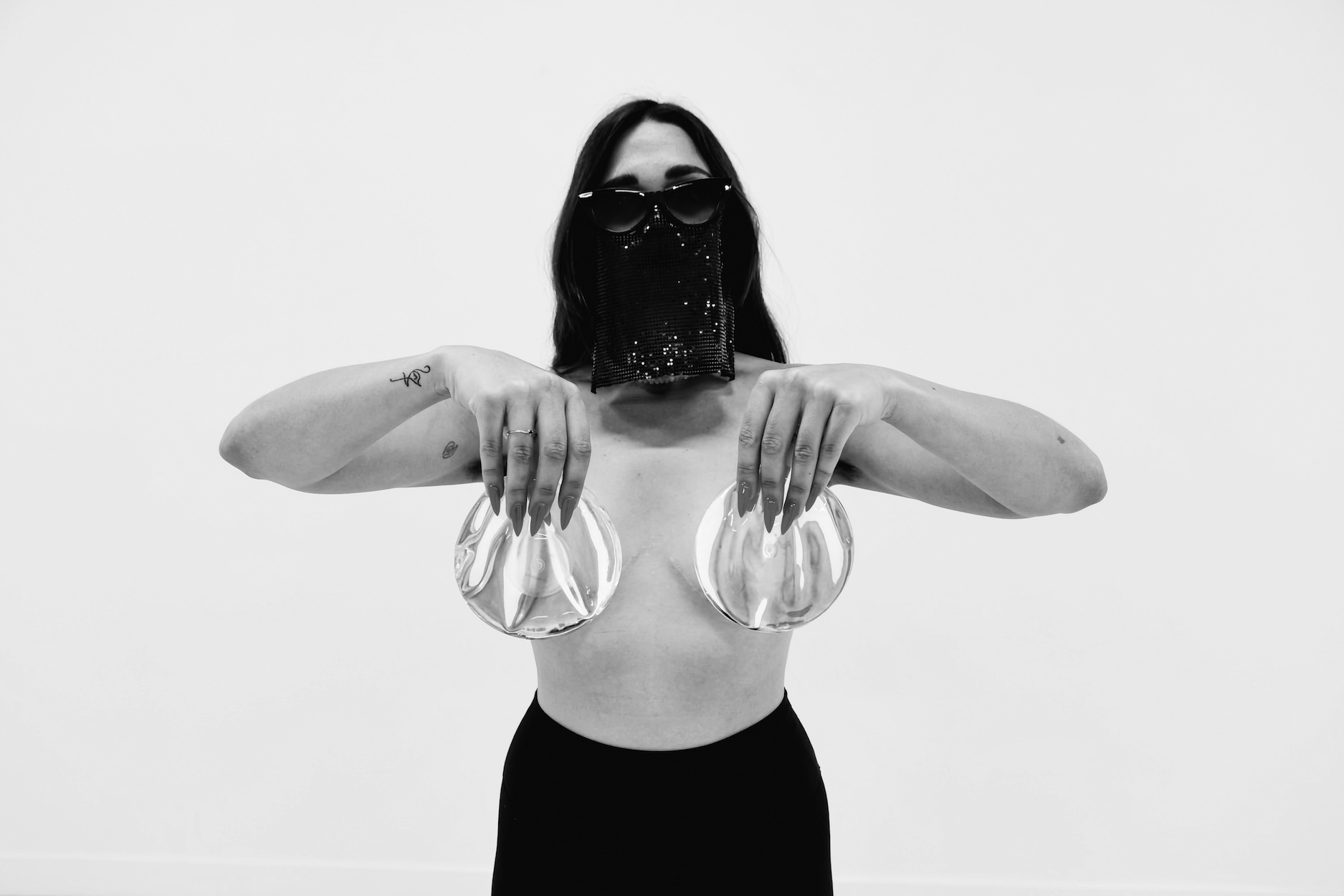

“Feminism is a collection of ideas, like seeds, that, if nurtured, give way to greater intuition and freedom of choice.”
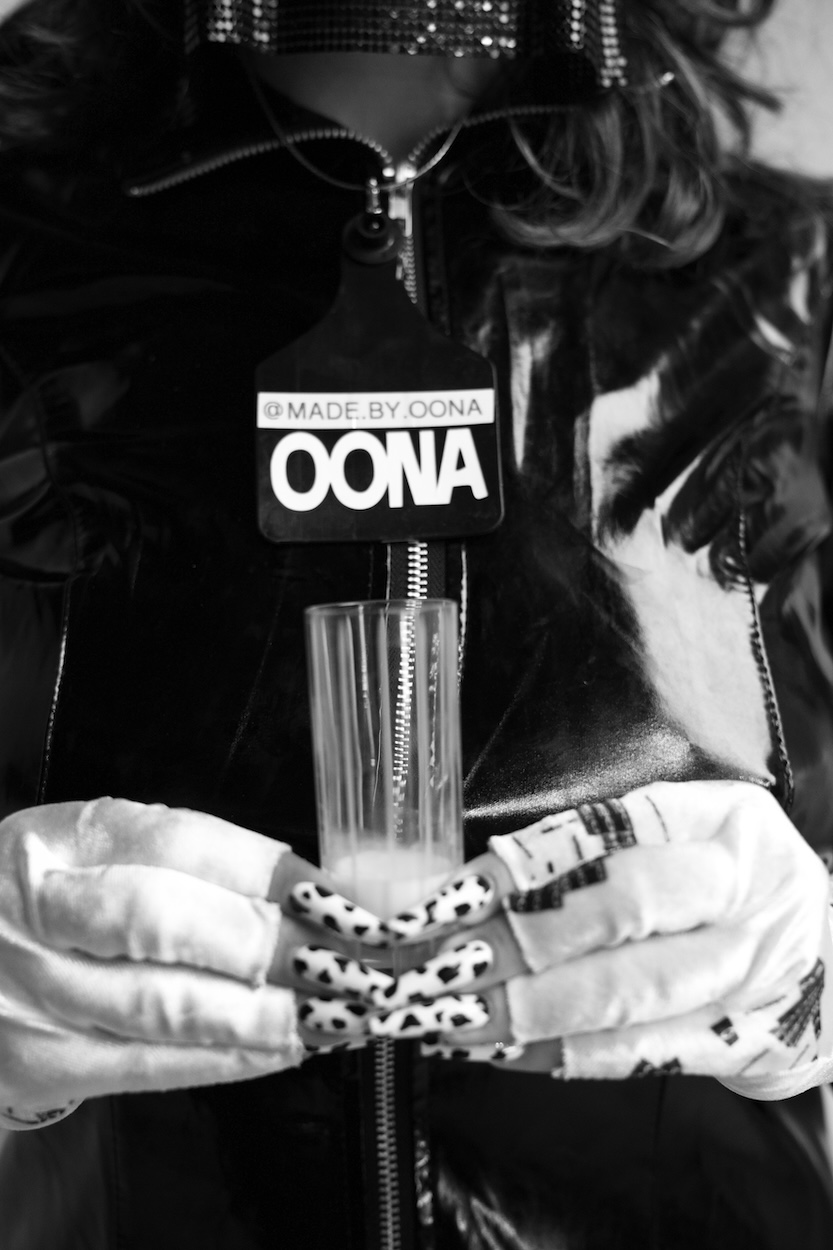
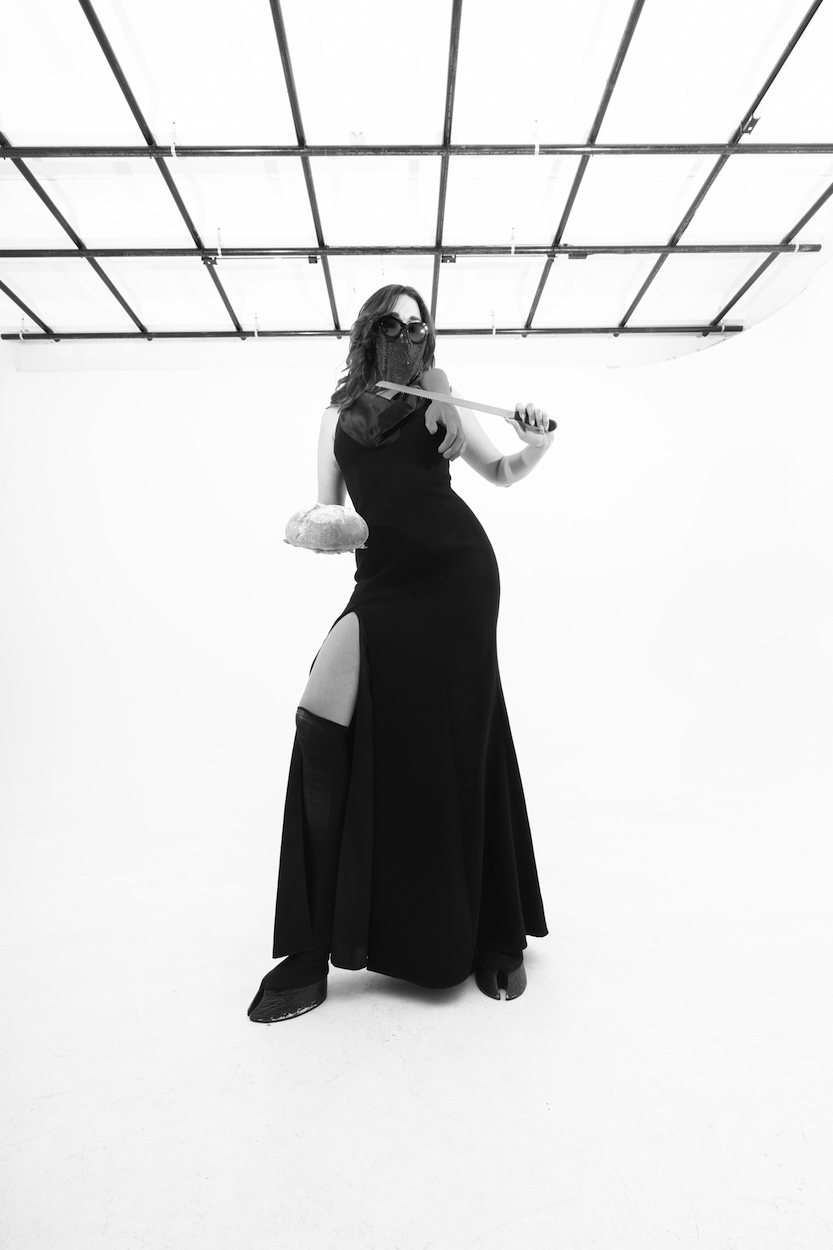
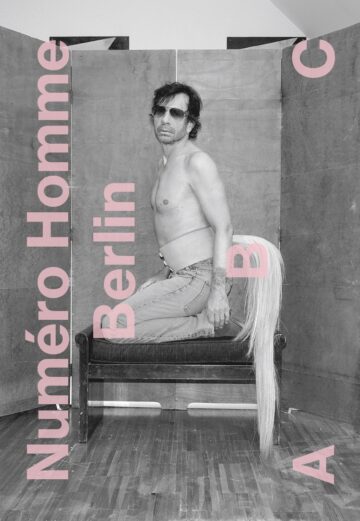
FIGHT ISSUE VOL B: OLIVER ZAHM
OLIVER ZAHM: THE RELENTLESS PURSUIT OF BEAUTY
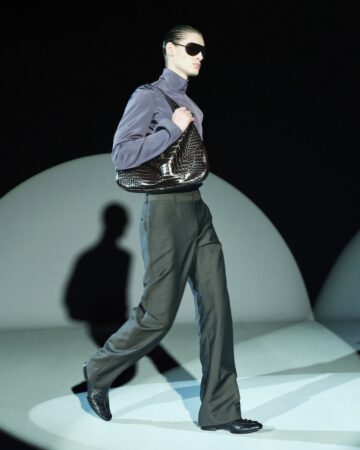
DEMNAS OWN LENS DEFINES GUCCI
A collection that moves effortlessly between heritage and contemporary style, showcasing…
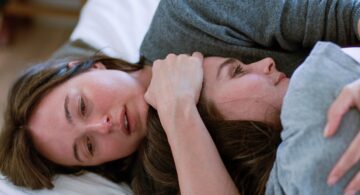
TO WATCH: “SENTIMENTAL VALUES” BY JOACHIM TRIER
An emotionally charged portrait of a family learning to confront inherited silence, where…

FIGHT ISSUE VOL. B – Glen Martin Taylor
Glen Martin Taylor: TENDERING THE FIGHT

“VISION MEANS TRUSTING THE UNKNOWN”— A CONVERSATION WITH HANNAH HERZSPRUNGBY ANN-KATHRIN RIEDL
"CREATIVITY OFTEN…

Celebrating the launch of “Vanille Caviar”: In Conversation with bdk
Last month, for the launch of their new scent "Vanille Caviar", Paris-based perfume house…